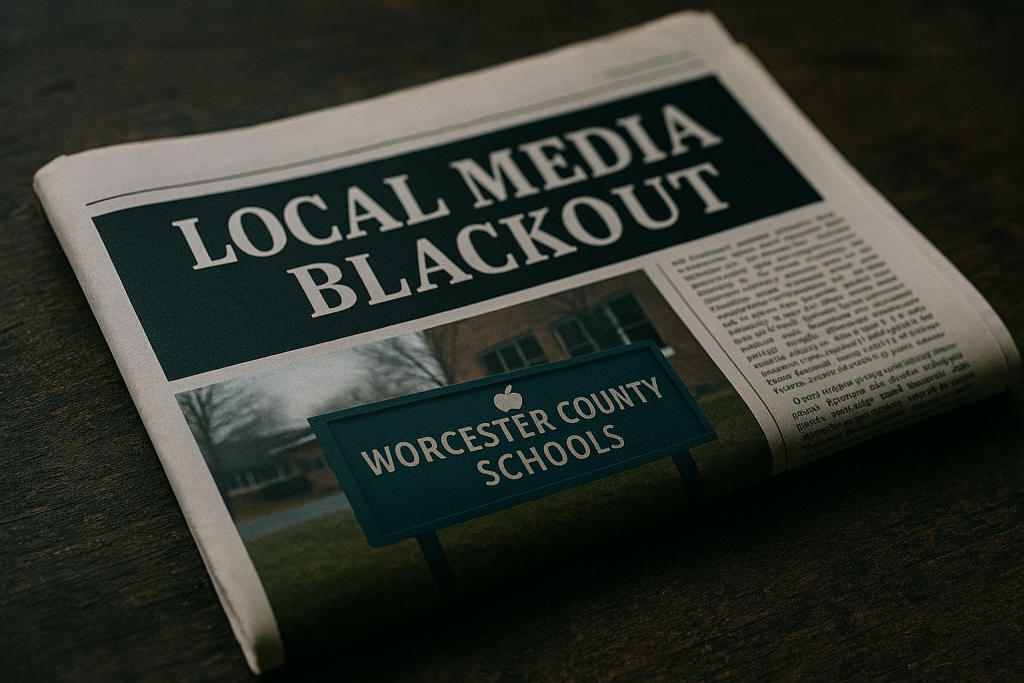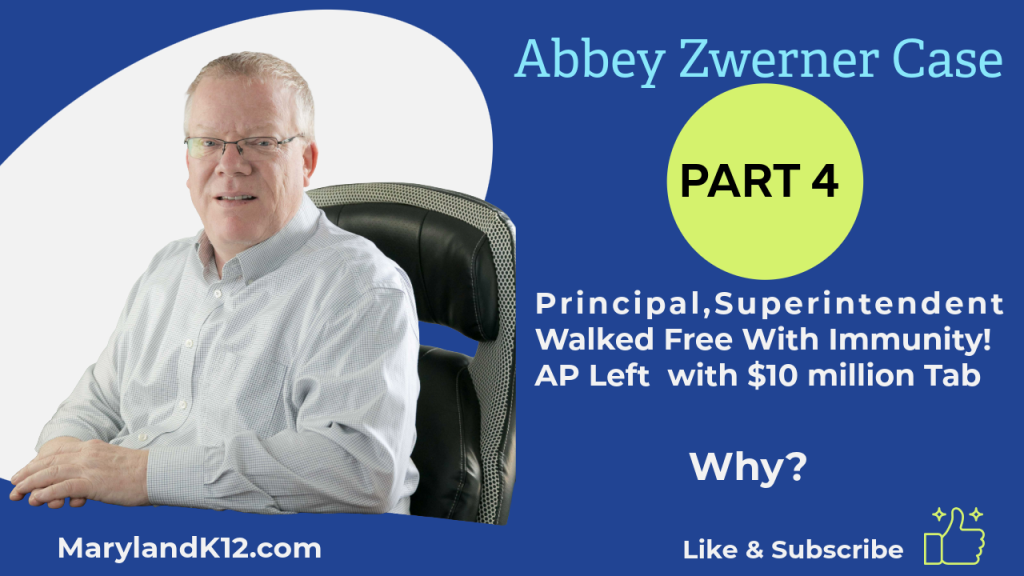
Don’t Worry About ‘Book Bans’ (Opinion)
For years, there has been a heated political controversy over “book bans.” To read the headlines and the op-eds is to know where to stand on this issue: Banning books is un-American. And banning books representing Black and LGBTQ+ students is especially reprehensible. But if you take a close look, you might come to the same conclusions we did: that this divisive debate has been manufactured for partisan purpose—both on the part of those pushing free expression and those pushing parents’ rights—that most “banned” books aren’t really banned, and that when they are, it’s mostly reasonable.
The media keep on using the word “banned.” But that word doesn’t mean what you think it means. In common usage, banned means “made unavailable.” But in this debate, a book can be both “banned” and available to students. How?
PEN America, the nonprofit whose data have formed a prominent basis of this public controversy, defines “ban” quite expansively. If a book has been temporarily removed from shelves for review and then deemed acceptable and put back, it has been “banned.” If a book is moved from a school library to a guidance counselor’s office, it has been “banned.” If parent permission is required, it has been “banned.” If a book is moved from one section of a school library to a section for older students, it has been “banned.”
Americans instinctively abhor book bans because we associate them with totalitarian states, an association that PEN is eager to invoke, writing: “Book bans have an ignominious history—they have been the tools of heinous regimes from Nazi Germany to apartheid South Africa.” But when the Nazis wanted to ban a book, they didn’t typically refer it to a review committee and then move it to a guidance counselor’s office. They burned it. It’s not at all clear why school districts reviewing books and deciding to retain them is a phenomenon to give any thought to, much less to be deeply alarmed about.
In a recent report for the Education Freedom Institute, we set out to answer the question: How many books reported as banned have actually been banned, according to the common understanding of that word? We examined PEN’s April 2022 report, “Banned in the USA,” which found 2,532 instances of books being banned. Our method was simple. Most school library card catalogs are publicly accessible online. So we checked each instance of a book being banned from a library or, in PEN’s phrase, “banned pending investigation,” to see if the book was still listed as available. As it turns out, almost three quarters of the books that PEN listed as banned were still available in school libraries in the same districts from which PEN claimed they had been banned.
Two things particularly stuck out. First, while books by Black authors have certainly been challenged by parents, they haven’t actually been removed from that many school libraries. According to PEN, the fifth most banned book of the 2021-22 school year was The Hate U Give, which was inspired by the Black Lives Matter movement and features a fictional killing of an unarmed Black youth by a police officer. But in all 17 instances where PEN alleged this book was banned, it was still available in school libraries, according to our research.
According to PEN, the fourth most banned book in that period was Nobel Prize winner Toni Morrison’s The Bluest Eye, which was featured in President Joe Biden’s reelection launch video as he warned about book bans. We found it missing in the library of only three school districts, and it is still suggested curricular reading in one of them.
When you look at the top 10 books that have actually been removed from school libraries, they all contain sexually explicit passages. When it comes to presenting sexual or violent material to minors, there are things that essentially everyone thinks are unacceptable, things that essentially everyone thinks are acceptable, and then room for difference of opinion in the middle. Virtually no one thinks that school libraries should carry Hustler, with its close-up genital photographs. Almost everyone thinks that it’s fine for schools to carry “Romeo and Juliet,” which features lyrical allusions to sex.
What about an illustrated depiction of a protagonist using a dildo during sex with their girlfriend? This is exactly what you’d find in the book at the top of PEN’s list and of our list, the graphic memoir Gender Queer. What about how-to instructions on using dating apps to meet strangers for intercourse? This is in the second-most banned book on our list, This Book is Gay. What about a girl getting raped at gunpoint? This is featured in the third most removed book, the historical young adult novel Out of Darkness. How about discussion between teenage girls about whether to “spit or swallow” after performing oral sex? This can be found in the young adult “beach read” l8r g8r, which is tied as the fourth most removed. Depictions of underage incest? This is featured in the “memoir-manifesto” All Boys Aren’t Blue, which is also tied for the fourth most actually banned book. Drawings of children masturbating? You can find that in another book tied as the fourth most banned, It’s Perfectly Normal.
Contrary to the popular narrative that book bans target LGBTQ+ content, half of these books depict explicit heterosexual material. Children under the age of 13 (and possibly under the age of 17) would certainly not be permitted to see visual depictions of this matter at a movie theater without parental accompaniment. Of course, some might think that graphic depictions of sex or violence are essential components of much-needed works for at least some students But it’s entirely unreasonable to become indignant at a mom who thinks that graphic depictions of sex acts are inappropriate. It is equally unreasonable to become deeply perturbed that sometimes school officials agree with parents and override the unilateral decisions of school librarians.
Our public schools face no shortage of serious pedagogical problems and legitimate cultural controversies. Student learning was devastated by the pandemic and school closures. Behavior has deteriorated substantially. About 1 in 5 students attends a school that has a policy permitting facilitating gender transitions without parental notification or consent. There’s plenty to get worked up about and plenty that divides us.
But so-called “book bans” shouldn’t make the list.
Dig Deeper With Our Longreads
Newsletter Sign up to get our best longform features, investigations, and thought-provoking essays, in your inbox every Sunday.
The MEN was founded by John Huber in the fall of 2020. It was founded to provide a platform for expert opinion and commentary on current issues that directly or indirectly affect education. All opinions are valued and accepted providing they are expressed in a professional manner. The Maryland Education Network consists of Blogs, Videos, and other interaction among the K-12 community.







